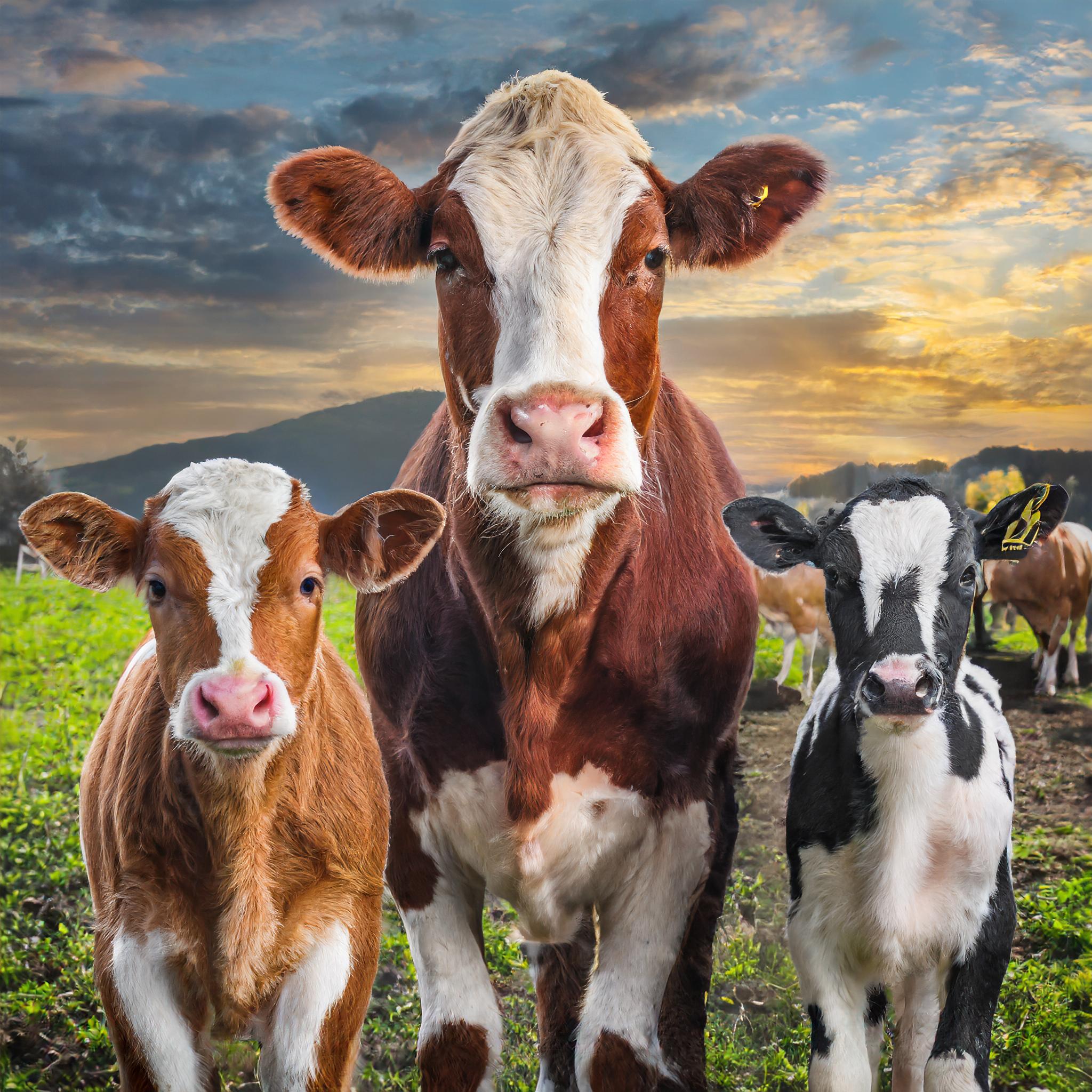
Welcome aboard this exploratory journey, where we delve into the fascinating realm of advancements in breed performances. We observe this through an intertwining lens of both between-breed and within-breed selection. We assure you, it’s a captivating sight to behold. As we proceed on this voyage, we’ll take you through several key areas of particular interest to dairy producers. So grab a cup of hot cocoa, and let’s set off!
Unsurprisingly, two prominent suites of traits have become incredibly appealing to dairy producers when it comes to selecting beef bulls for mating with dairy females. Wouldn’t you be curious to find out what these are? Well, let’s enlighten you. They’re calving-related attributes and the anticipated value of the resulting calf. Now, you might be wondering how that’s determined – the value often hinges directly on the expected carcavity value. It’s a fascinating part of this intriguing study.
Cattle breed performance isn’t just about genetics or phenotypical traits. It’s also about the successful integration of between-breed and within-breed selection, focusing on the efficiencies of calving and the monetary value tied to the resultant calf. It’s a unique synergy that has piqued the interest of many a dairy producer.
So, what’s next on our unique journey? Well, sit tight, reader. Our exploration into the world of breed performance in progeny from beef-on-dairy matings is only just beginning.
By leveraging large national databases, this study intends to furnish invaluable insights into the mean breed effects of the beef sires used for these hybrid matings.
Our research goggles were firmly pinned on calving performance – analyzing gestation length, calving difficulty score, and perinatal mortality – as well as calf value. In addition, a series of slaughter-related traits such as carcass metrics and age at slaughter were assessed using phenotypic data from up to 977,037 progeny for calving performance, 79,903 for calf price, and 103,175 for carcass traits, including dairy x dairy progeny for a comparative perspective. Breeds represented in our study encompassed Holstein-Friesian, Angus, Aubrac, Belgian Blue, Charolais, Hereford, Limousin, Salers, and Simmental.
We found large interbreed differences. Mean gestation lengths of male calves from beef sires swung between 282.3 days for Angus and 287.4 days for Limousin – all longer than the Holstein-Friesian’s average of 280.9 days. Comparatively, the odds of dystocia fluctuated from 1.43 for Angus to a high of 4.77 for Belgian Blue. Once we adjusted these odds for both the estimated maternal genetic merit of the dam and the direct genetic merit of the calf for calving difficulty, the range significantly condensed.
A remarkable difference of €125.4 surfaced in calf sale prices amongst the progeny of the various beef breeds we scrutinized, with Angus calves fetching the lowest prices, while Charolais calves were, on average, the most expensive ones. The mean carcass weight of steers, without adjusting for age at slaughter or carcass fat, oscillated from 327.1 kg for Angus to 363.2 kg for Belgian Blue. This presented a sharp contrast with the mean carcass weight of Holstein-Friesian steer progeny at just 322.4 kg.
Among the beef breeds, Belgian Blues boasted the best carcass conformation, while Herefords and Anguses had the poorest. We also found that Angus and Hereford steers were slaughtered the youngest, being just 9 days younger than the average of all other beef breeds and 24 days younger still than Holstein-Friesian sired progeny.
In summary, our study discerned clear breed differences in calving and carcass performance among beef breeds mated to dairy females. However, the breeds that excelled in calving performance were not necessarily the ones with the highest carcass merit.
Read more https://doi.org/10.3168/jds.2023-23632











